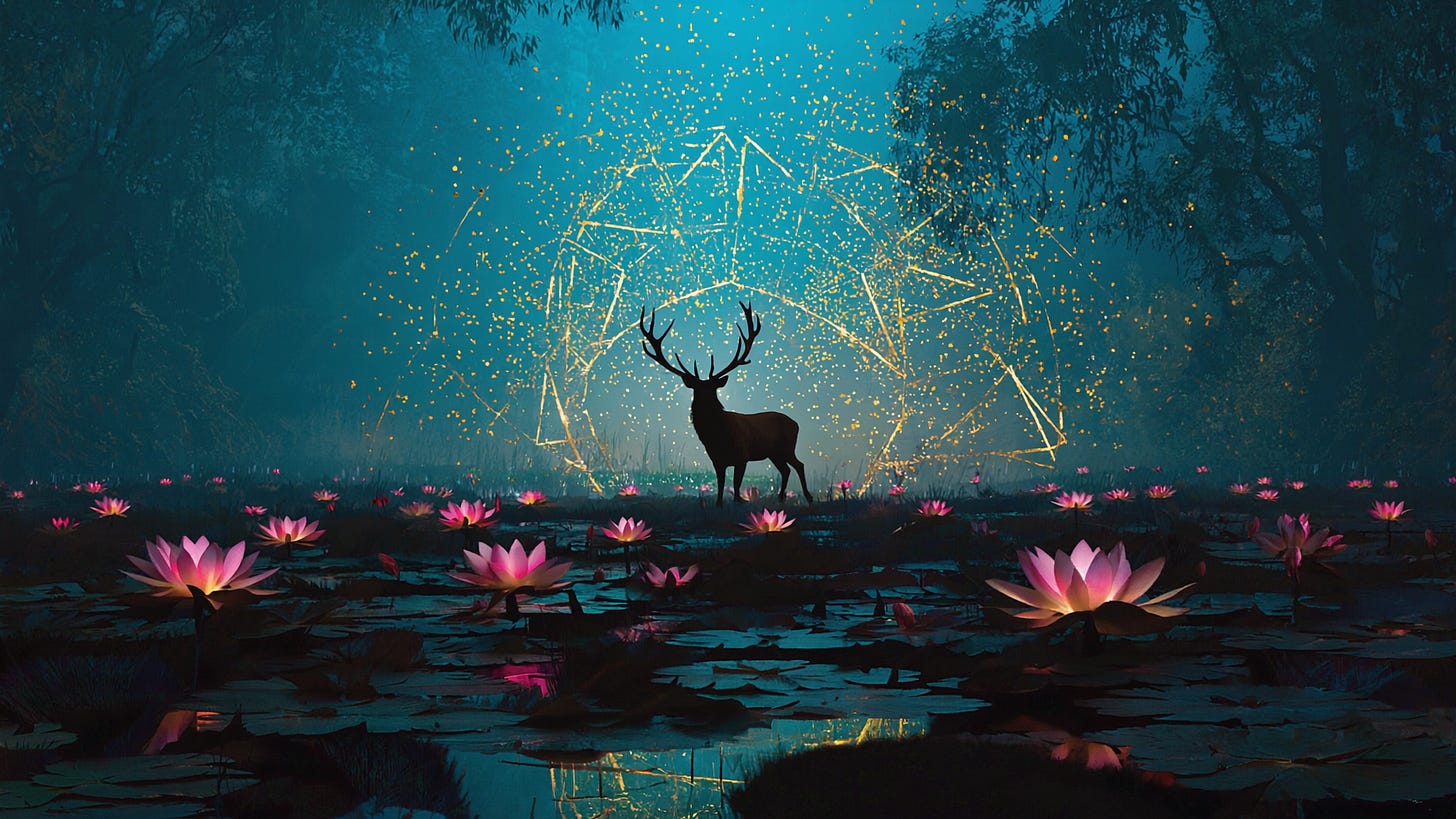Ancient Japan’s Shifts Through Animal Worship
Jomon and Yayoi Philosophies Were Entirely Distinct
Ancient Japan remains shrouded in mystery. While archaeology, folklore, cultural anthropology, and genetics have accumulated remarkable achievements, a complete understanding remains elusive. Particularly in Japan’s prehistoric eras—namely, the Jomon, Yayoi, and Kofun periods—there was no written culture, leaving their true nature difficult to ascertain clearly, causing persistent confusion to this day. Nevertheless, integrating various scholarly findings does allow for fascinating insights into ancient Japanese history.
For example, previous research generally assumed that the Jomon people were a single ethnicity, but recent studies have gradually revealed that they were, in fact, a diverse, multi-origin ethnic group. Furthermore, it is becoming increasingly clear that the Japanese people’s primary ancestry involves three significant ethnic groups: the indigenous Jomon people, the Yayoi people originating from Northeast Asia, and the Kofun people from East Asia. Since the Kofun people introduced wet-rice cultivation techniques, historical periodization is rapidly being reconsidered. Interestingly, many of these new findings align with the worldview expressed in ancient mythology and traditions, notably in the Kojiki (compiled in 712). These myths might represent fragments of real historical events transformed through different ideological perspectives. My own extensive independent research has led me to firmly regard the mythology recorded in the Kojiki as foundational. Therefore, this article examines the religious differences between the Jomon and Yayoi peoples by exploring the sacred animals they worshipped.
Those who have traveled to Nara have likely seen the numerous deer living around Nara Park. Deer have historically been considered divine messengers (神の使い), throughout Japan, especially in Nara, home to the Kasuga Taisha Shrine. Because of this belief, deer roam freely in Nara—and also at Hiroshima’s Itsukushima Shrine—in a manner reminiscent of sacred cows in India, leading to unchecked deer populations. As a result, deer overpopulation has become problematic nationwide, causing severe damage to farmland and forests. Yet, when speaking to people from Nara, few can explain why deer became objects of worship. When exactly did deer worship begin?



